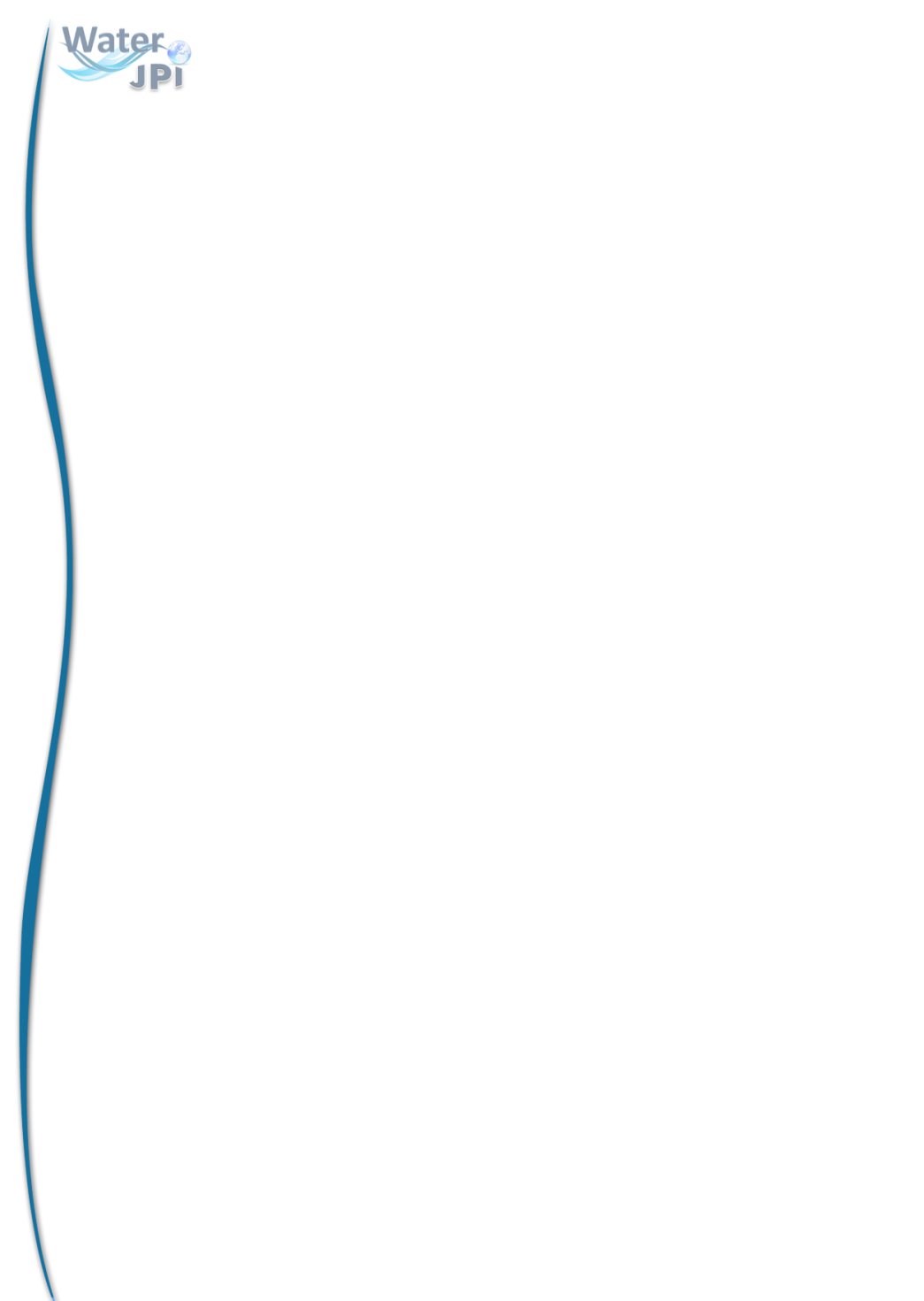
3.5 Closing the Water Cycle Gap
Recurring water resource crises call for a better understanding of hydrological processes and
improved technical and socio-economic management. In many areas of Europe, growing fresh-
water scarcity currently emphasises the need to close the water cycle gap by reconciling water
supply and demand in both quantitative and qualitative terms. The demand for closed water
systems is obvious in semi-arid areas, where research institutes are currently developing new
concepts and technologies. Water scarcity requires new integrated concepts related to water
re-use, energy, recovery of valuable substances, monitoring, control, decentralised systems,
and the interaction with natural resources. Water quality may induce water scarcity in many
societal water uses, thus calling for multi-target analyses of water availability. Research needs
to be deployed in a number of scientific fields to improve the knowledge base on the availability
and use of water resources. Water resources observation and modelling will be required to bet-
ter understand hydrological processes and to analyse and forecast the effect of management
options. This technological and environmental research must be systematically combined with
a socio-economic approach investigating the questions of participation, behaviour and com-
mitment of stakeholders. The costs and benefits of the different management solutions (in-
cluding environmental costs and benefits) must be assessed systematically. The concept of
water footprinting needs to be deepened, establishing practical methods and certifiable sys-
tems. Innovative concepts for water resources management need to be developed, with the
aim of providing scientific solutions to societal water challenges. RDI activities will be required
at different hydrological scales.
46


